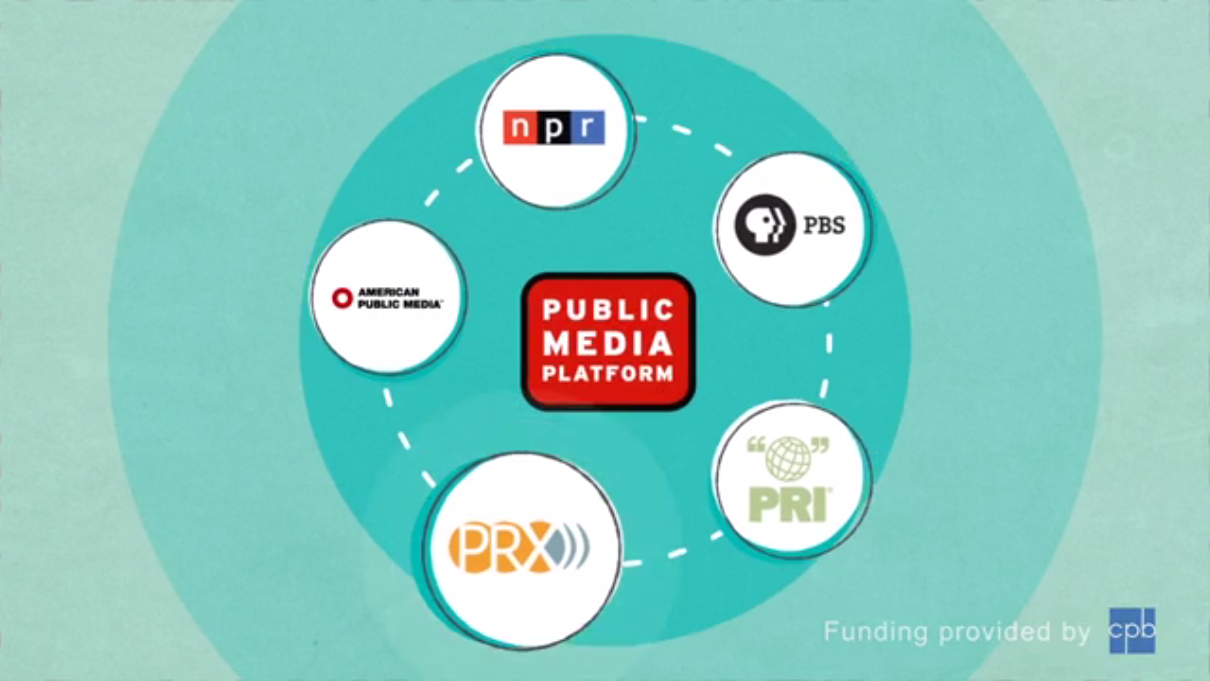Follow the 6 ‘S’s to create audio stories that listeners can’t forget

Inside Creative House / iStock
Ask Kelly Corrigan about the current state of the interview, and this articulate, quick-witted public TV and podcast host sputters. Referring to podcasters who don’t prepare for interviews and whose shows ramble pointlessly, she says, “There is so much slop out there. I can’t get over it.”
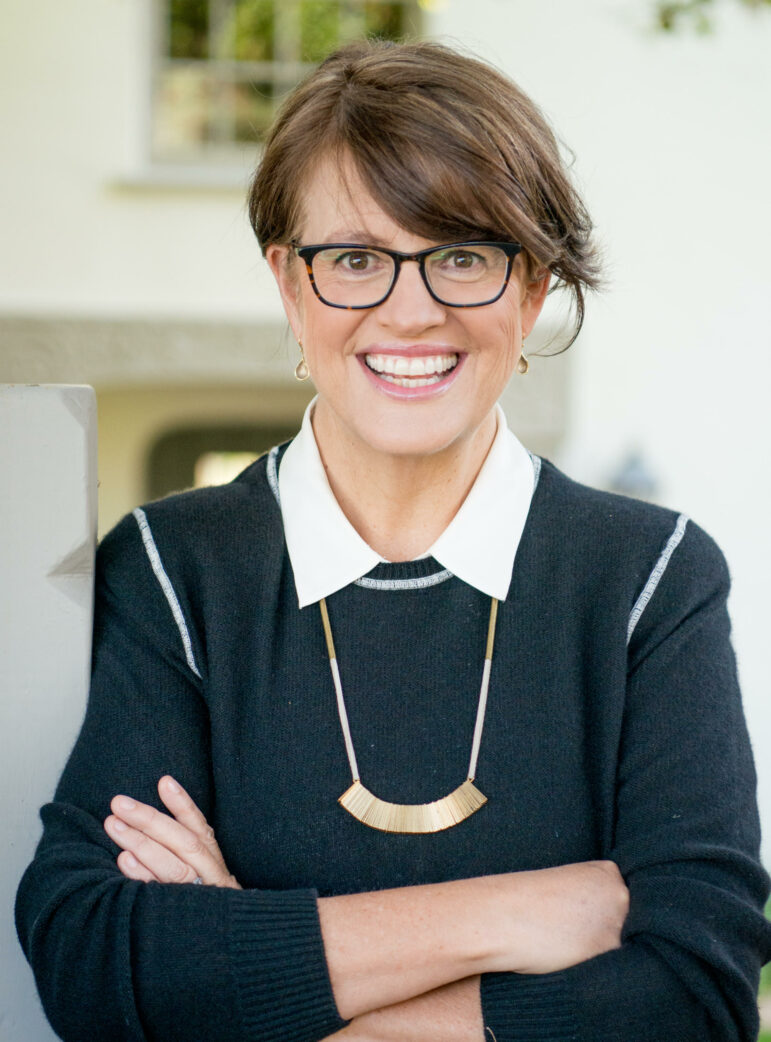
Missed potential hurts. As a journalist who is admittedly over-the-top about great audio storytelling, I’ve been on a mission to learn everything I can about the crucial elements needed to take hosts and content from ordinary to remarkable.
Since founding Sound Judgment, the podcast that serves as the vehicle for this mission, I’ve spoken to 30 remarkable hosts, editors and producers — people like Snap Judgment’s Glynn Washington; Anna Sale of Death, Sex & Money; Pushkin’s Julia Barton; Gilbert King of Bone Valley; and, now Kelly Corrigan, a four-time bestselling author and host of the PBS show Tell Me More and the podcast Kelly Corrigan Wonders.
Over that time, I’ve shared more than 120 of their best storytelling tips. I’ve now organized them into a framework of six major practices we can all employ to ratchet up the impact of any conversation, narrative podcast or written feature story. I call it the “6 S Audience Engagement Framework.” Briefly, here are the “S”s:
- Sound Vision: How we employ sound to make our work resonate with our specific listeners
- Structure: The container and format of your show
- Scenes: The backbone of engagement, in both narrative storytelling and interviews
- Surprise: Most likely, the reason for pursuing this story in the first place
- Suspense: Introduce a question; make the audience wait for an answer
- Specifics: Highly specific language and examples help us show, not tell — and immerse the listener or reader in the world we’re painting.
Separately and together, these six practices will help you do what we all want to do: connect to our listeners, viewers and readers and attract new audiences.
1. What is ‘sound vision’ (not sound design), and why should you care?
A sound vision is everything that makes a story or show uniquely suited to audio. A powerful sound vision is relevant: It addresses how we want our ideal listeners to feel. It encompasses but isn’t limited to sound design.
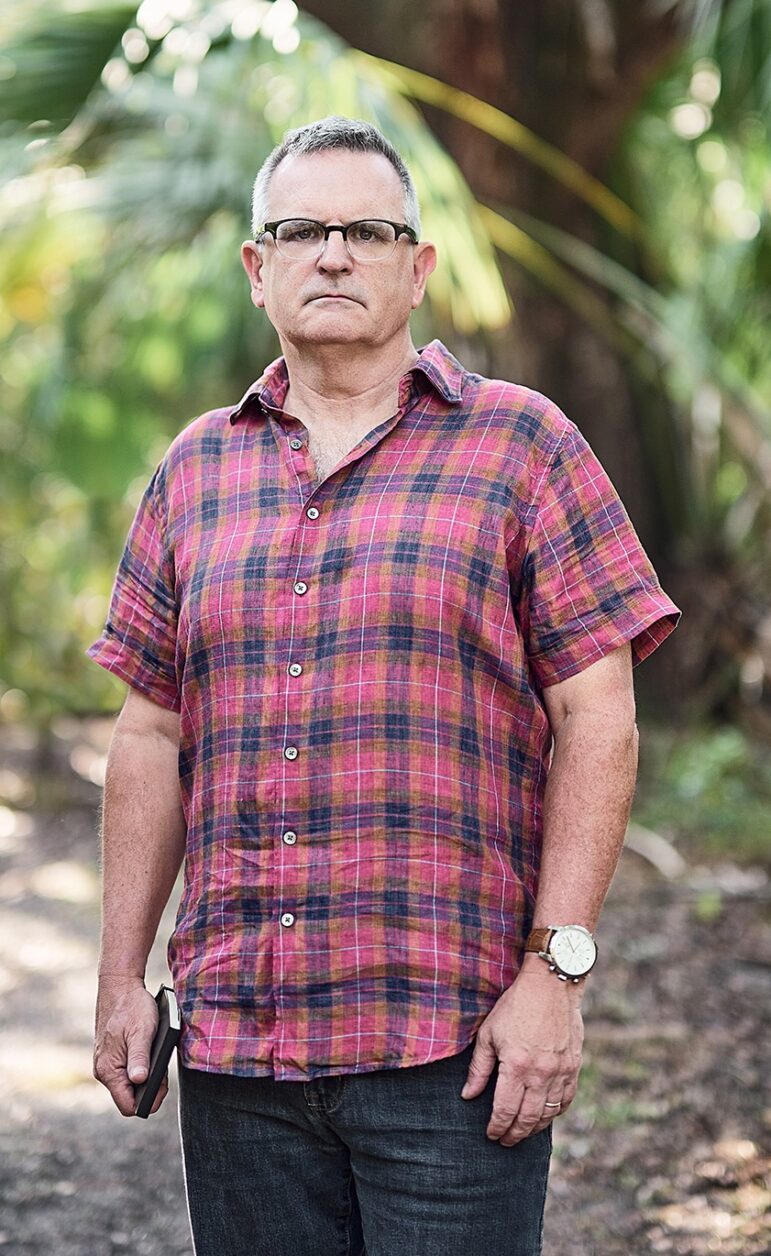
Think of two wildly different hosts — say, Howard Stern and On Being’s Krista Tippett. Their sound visions attract their specific listeners. But listeners to each show wouldn’t tolerate the other for a second.
Sound vision encompasses your performance and identity as a host and the tone of your show: earnest, irreverent, dramatic, contemplative, fast-paced, snarky and so on. It also includes sound design, such as theme music, scoring and sound effects.
Pulitzer Prize–winning author Gilbert King had an “aha” moment about sound vision. King was planning to write a book about a wrongful murder conviction. But driving away after a three-hour interview with Florida prisoner Leo Schofield, he changed his mind. Speaking with the gravel-voiced, emotionally dynamic Schofield, he and his co-host, Kelsey Decker, knew Schofield’s story would leap into people’s hearts through their ears, not the page.
“The power of their voices … made us pivot,” King said. “I love the way their voices break and crackle and emote. It’s just more powerful in the audio experience.”
We all create some kind of sonic brand, regardless of whether we plan carefully or fail to plan. Without design, that sound is often subconsciously influenced by what we’ve been hearing for years. That’s why Ira Glass is so widely mimicked or why so many of us still adopt the “anchor voice.” It’s also why so many shows don’t hook listeners: They’re flat, bland, unemotional — frankly, boring.
A well-thought-out sound vision makes your audio memorable — and differentiates it from the competition.
2. How to use structure to your advantage
In their show about dead celebrities, Famous & Gravy, co-hosts Amit Kapoor and Michael Osborne employ one of the most tightly built structures I’ve seen in a podcast. The result is an elusive blend of the profound — and hilarious.
In each episode, Kapoor and Osborne ask each other the same 12 questions about each dead celebrity. They have drawn a blueprint that enables them to easily wrestle raw content into meaning that sticks.
Some of us balk at structure or simply don’t know where to start. This should help:
A. Structure provides creative constraints. It helps us clarify what to include, when and how — and equally important, what to leave out.
Creative constraints make producing easier. In fact, Kapoor and Osborne rarely discuss content with each other before they tape. They do their research separately and draw their own conclusions, leading to lively discussions, and — counter-intuitively — more creativity, not less.
B. A structure can be both content- and time-based: The NPR clock divides magazine shows like Morning Edition and All Things Considered into time-limited segments devoted to national news stories, local content, underwriting and other elements. Time constraints make us better producers and hosts. Not only do they help us organize content, but radio and TV clocks also help producers build our discipline muscles. Hosts of live shows quickly learn to hit their time posts — it becomes second nature.
Podcasts, of course, aren’t subject to rigid time limits — but creating suggested time windows can help keep listeners engaged longer (measured in podcasts as “listener consumption”) and, as Kelly Corrigan says, get rid of the “slop.”
C. We know where we’re headed. In Famous & Gravy, every question leads to the final, tongue-in-cheek one: Will St. Peter let this dead celebrity in? Once the listener knows to expect that question, they’ll listen to the end for the answer.
We often give short shrift to endings because they’re hard. But how you leave listeners at the end is what makes them keep coming back.
3. Scenes serve interviews, not just features
Last summer, when I introduced this framework at the National Federation of Community Broadcasters Annual Conference, I put up a slide that said “Scenes are your engagement backbone.” One of the radio hosts in the room looked bewildered. “What do you mean?” she asked.
Obviously, scenes transport listeners to another place and time. A few years ago, I was writing an American Scandal script for Wondery. As a former magazine journalist, I love description — to a fault. My producer kept excising my descriptions of Eliot Spitzer’s family at his inauguration. “Something has to happen every two minutes, Elaine!” she’d say.
I wasn’t happy. But she was right. In plot-driven work, the more action, the better. As one scene leads to the next, binge listeners are born.
But scenes make good interview shows great. They’re the stories guests tell, if we take pains to elicit them. They don’t have to be high drama; guests don’t have to have run from a gunfight or dangled from a cliff. Scenes that convey our interior feelings are often gripping. Scenes help listeners take a sensory journey. Once humans are on a journey, we are compelled to stick around for the conclusion. We are engaged.
Listen to this memorable scene from Emma Courtland’s Crime Show, in which a character describes his first glimpse of a baseball stadium — at the age of 2.
4. Surprise, or why it’s good to be twisty
Recently, I received an email from a development executive at a production house. It read: “It’s not right for us.”
I’d been pitching an ambitious audio documentary involving dark money in U.S. politics. Especially now, in this uncertain audio economy, pitching is a slow, ego-bruising process. While this particular message came as no surprise — it was a U.K. studio — rejection always hurts.
But after the “ouch,” I asked why. This exec explained, “[The] narrative has to feel really hooky and twisty enough to sustain over the full series.”
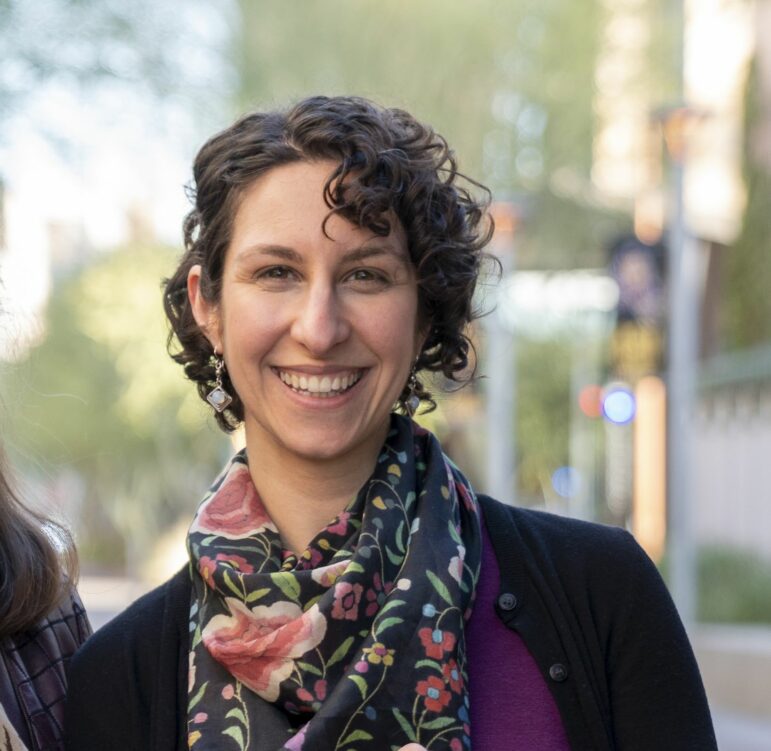
Ours wasn’t.
She runs development for a true-crime studio. Twists and turns are the architecture upon which true-crime stories are built.
But what about everything else? There’s hardly a story that couldn’t benefit from twistiness. Or, as New Hampshire Public Radio Senior Podcast Editor Katie Colaneri says, “‘Holy shit’ moments … get your pitch accepted. They generate word of mouth.”
But surprise doesn’t have to rise to some outrageous level. Consider the surprise of Pulitzer Prize–winning humanitarian Samantha Power discussing how therapy helped her come to terms with the memory of her alcoholic father, or world-renowned criminal-justice advocate Bryan Stevenson playing piano on Kelly Corrigan’s Tell Me More.
We don’t expect either — and so, as listeners, we won’t only remember these human moments, we’ll share them with our friends.
Listen to Colaneri deconstruct the “holy shit” moments in the This American Life story “A Funny Thing Happened on the Way to the Quorum.”
5. Suspense creates forward momentum
Unless you make a true-crime podcast, the word “suspense” might feel overblown to you. But the longer I produce Sound Judgment, the more I learn about the importance of keeping listeners in suspense.
No matter the medium, any good story or interview poses a question and a promise, explicitly or implicitly. A driving question hooks us — say, “What makes a good life?” (The Good Life Project) or “How did this entrepreneur build this?” (How I Built This) or “Who killed Leo Schofield’s wife?” (Bone Valley). The promise is this: You will learn the answers.
But not yet.
Depending on your genre and format, the lede can pose a question or throw us directly into the middle of the action — as Wes Kao writes, “Start right before you get eaten by the bear.”
In a documentary, the curiosity we generate in the lede can’t stop there. We overcome one obstacle — only to encounter another, which raises the stakes again, and over and over again.

Moreover, in many cases, the listener never learns the answer. Julia Barton is a Nieman Fellow and VP and executive editor of Pushkin Industries. “You have to leave a hole for the listener to do some work,” she says. “The more we try to button [a story] up to our satisfaction, the less that gives listeners something to do with the mystery and curiosity and intrigue that we want them to feel.”
Or, as Glynn Washington says, “If I tell you what [a story] means, your brain stops. If I don’t tell you what it means, your brain keeps that thing going.” Reprimanding me for asking what a particular Snap Judgment story meant, he laughed. “I might lead you there,” he said. “But I’m not going to make you drink.”
If you start your story by stating your conclusion, I have no reason to listen.
If you start by showing me you’re wondering something and are taking a journey to learn what that mystery is, I’ll follow you anywhere.
I want to learn with you. And I want to experience your unfolding transformation.
6. Specifics: The key to enthralling listeners is to transport them into another place and time. But how?
The more creators I meet, the more I grasp that specifics, in both language and sound, are the vehicles that transport listeners into the worlds we build.
Consider the techniques of Sam Mullins, host of the award-winning Campside Media series Wild Boys.
It’s about two strange teenagers who mysteriously appear in Sam’s hometown of Vernon, in British Columbia. Here’s how he introduces us to Vernon.
“Vernon’s a white town. It’s a hockey town. There’s lots of churches. There’s lots of retired folks. There’s a winter carnival parade every year. And the city has never once held a gay pride parade.”
Sam never uses the word “conservative” to describe Vernon’s residents. Rather, he notes that Vernon has never held a gay pride parade. If he’d called the residents conservative, listeners might have glossed over it entirely. Worse, they may have begun to silently argue with the narrator over this generalization. “How do you know? What do you mean by that? Who are you, and can I trust you?” By recounting a tiny fact, Sam has offered us a piece of indisputable history. He allows us to make of it what we will.
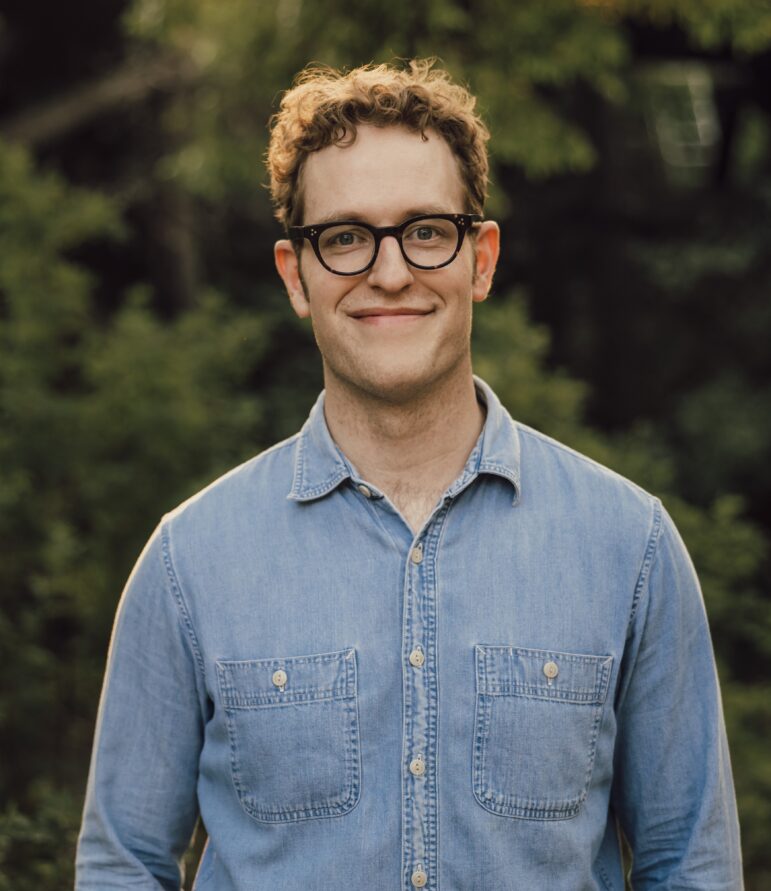
Mullins doesn’t have some secret inborn trait that makes him excel at specifics.
“As a comedy writer,” he says, “I’m obsessed with lists.”
In this case, he and his wife played a list-making game. The object was to write “one-sentence morsels” to describe Vernon.
He gave the resulting sprawling list to story editor Karen Duffin, who would help him choose the best morsels to include in the script. She selected only those “specific enough to give us the information that we need for the rest of this story,” Sam says.
He also does the same thing when introducing characters. Simply describing a character’s appearance, he feels, is unsatisfying. He’s striving to capture a feeling.
Witness a story he told for The Moth. In it, he’s a waiter on a hectic night in a restaurant when a family arrives. He’s been seriously depressed. In one sentence, we see that the entrance of these diners, especially the affable father, begins to lift Sam’s mood.
“They became my number-one priority,” he says. “They were my oasis in the mayhem.”
I asked Sam about the origin of the phrase, “They were my oasis in the mayhem.” To me, these seven words convey an unexpected depth of feeling, along with context. The restaurant is noisy, hectic and anxiety-provoking. Mayhem.
Just as he does when wrestling a setting to the ground, Sam turns to listmaking to evoke characters. “What are the specifics about this person?” he asks. “How can I describe them in a way that no one else would describe them, but in a way that will help create a 3-D image in the listener’s head?”
So the next time you write a script, a story or an intro to an interview, ditch the bland descriptions of hair color and height. Write lists. Find the emotional shorthand. Choose the specifics that are necessary to tell the story, and throw out the rest.
Recently, on a favorite podcast, I heard novelist Ariel Lawhon (The Frozen River) discussing her writing process. “The most important thing I can do,” she said, “is tell a story in such a way that people cannot help but think about it when they’re not reading it.”
That struck me as the essence of impact. Are we producing content — for audio, video, the stage or the page — that consumers can’t stop thinking about, talking about and sharing? Perhaps acting upon?
If that’s your goal, and I believe it should be, employing even one of these six storytelling practices will make a difference. And practicing all six? Watch what happens.
Elaine Appleton Grant is EP and host of Sound Judgment and CEO of Podcast Allies, a production and consulting firm serving public media, nonprofits and higher education leaders. Sound Judgment investigates what it takes to become a beloved audio storyteller. For more, read the full version of this six-article series about the 6S Audience Engagement Framework.





